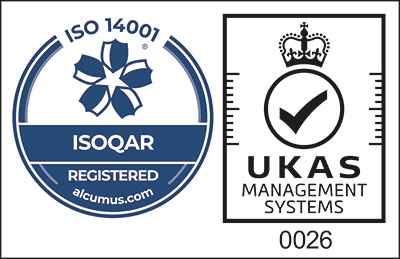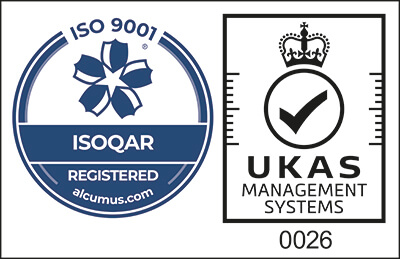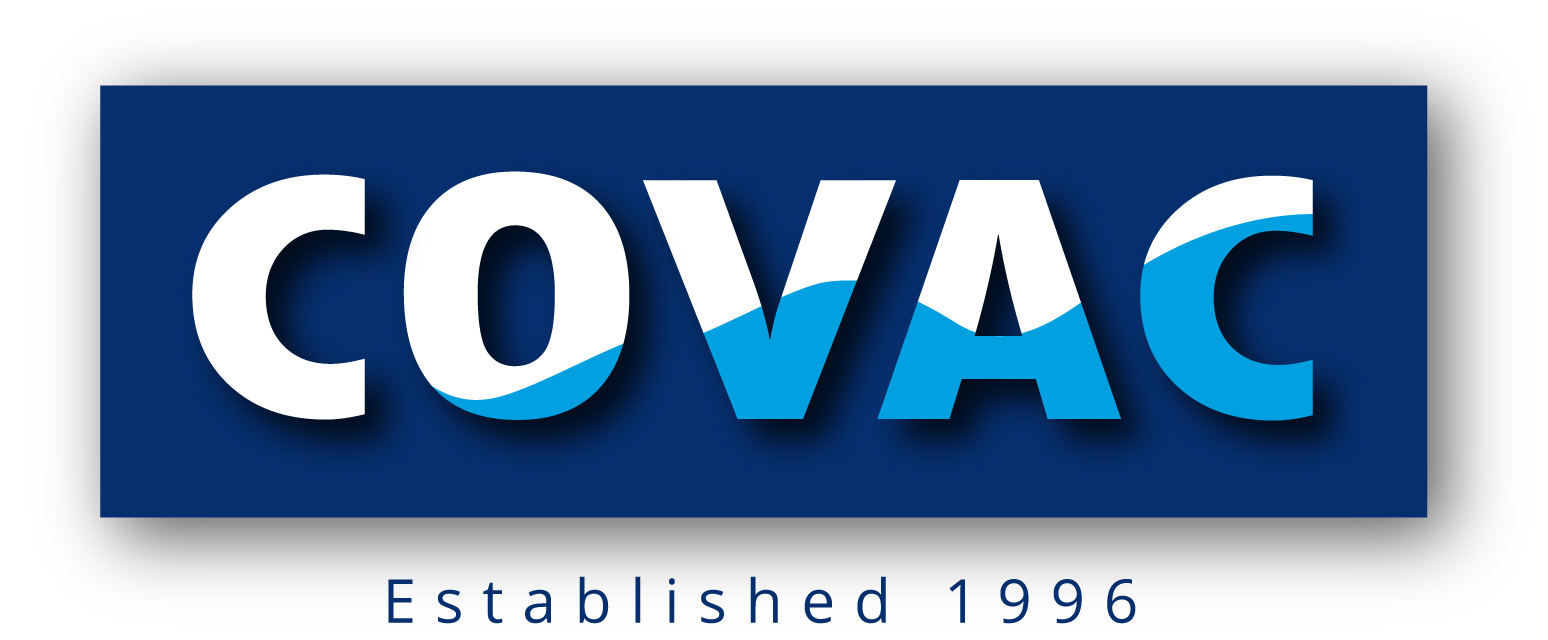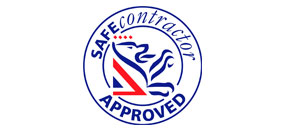
Can you repair holes in my water tank or cooling tower?
Yes! We have successfully repaired and relined many water tanks and cooling towers that have developed holes due to excessive corrosion. Here you can view a range of Case Studies.
Our cooling tower is leaking from the joints and the internal coating is de-bonding. Do you have a long term solution?
The mastic between the steel joints of the tower can deteriorate very rapidly in a cooling tower due to the aggressive nature of the dosed water. Once the mastic starts to degenerate it loses its elasticity and consequently, fails to meet the demands of the structural movement within the tower.
Various coatings are applied to the internal surfaces of cooling towers, from Bitumen and epoxy coatings to Polymeric Hybrid thermosetting Powder, which is fuse bonded to the substrate (eg. Baltibond). In our experience, these types of generic coating systems fail due to poor elongation properties and low chemical resistance.
See here or more information on Cooling Towers.
Our Glass Reinforced Plastic Tank (GRP) is leaking from the joints. It's just over twelve months old and the Manufacturers Guarantee is now invalid. Can you repair and reline our tank?
Yes, there are numerous problems that can occur with Glass Reinforced Plastic Water Tanks (GRP):- Mould growth, cracks and air filled cavities that provide a home for bacteria and corroding fasteners but the most common problem is leaking from the joints. COVAC have a solution to all these problems. Click the button below for more information.
We need an urgent budget price. How can I get one?
All you need to do is email us an enquiry by using the link below.
Can your applied product help prevent the risk of Legionella in my water system?
Yes! Check out the link below for further information.
How is your product different to a Butyl or PVC Liner?
Butyl bags tend to be used for a 'quick fix'. They are, essentially flexible liners that are suspended from the top of the tank (usually by aluminium strips). They do not address the problem of corrosion in the structure especially the roof, which usually remains completely unprotected, allowing the risk of contamination from bacteria (including Legionella) when condensation forms and drips back into the potable water.
COVAC are usually called in to urgently rectify jobs where these liners have been installed because they are generally quite flimsy and once even the slightest damage occurs, the water in the structure traverses through the damaged area (even a small 'pinhole') causing ingress of water between the substrate and the liner.
This usually results in water stagnating behind the liner causing a risk of bacterial growth and eventually, pushing the liner to the top of the tank and causing the tank to overflow.
Our potable water storage tank is coated internally with bitumen. Is this OK?
Bitumen has been prohibited for use by the WRAS for many years now. Most bitumen based products will not resist the growth of micro-aquatic organisms, therefore your tank is at risk of sustaining bacterial growth if the bitumen remains.
We would always recommend the full removal of bitumen from a potable water tank or cooling tower.
Check out the link below for more information
Can the COVAC Coating System be applied to any substrate?
The COVAC Coating System is WRAS/DWI Approved for concrete, steel and Glass Reinforced Plastic (GRP) and has excellent adhesion properties for all these (and other) substrates.
Contact Us Today
For more information or help and advice, please don’t hesitate to get in touch by filling out the form below or calling us. A member of our friendly and experienced team will be happy to help you.

-

Cert No. 22946
-

Cert No. 22946













